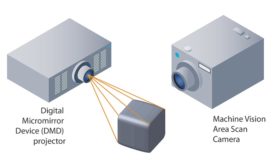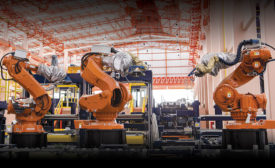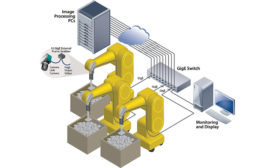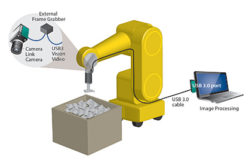John Phillips
John Phillips is senior product manager at Pleora Technologies Inc. (Kanata, Ontario, Canada). For more information, call (613) 270-0625, e-mail [email protected], or visit www.pleora.com.
ARTICLES
New technologies now in development may help make 3D more accessible for a larger number of manufacturers.
Read More
Fueling Innovation in Machine Vision
Advances from the networking industry are again set to help support next-generation imaging systems.
December 1, 2016
The Human Side of Machine Vision
VISION STANDARDS ARE ADVANCING THE DESIGN OF NEW MACHINE VISION TECHNOLOGIES WHILE STILL ADDRESSING THE HUMAN NEED FOR SIMPLE TO USE SYSTEMS.
December 16, 2015
Vision Technologies and the Rise of the Robot
MANUFACTURERS ARE NOW ACTIVELY SEEKING NEW SOLUTIONS THAT CAN HELP FURTHER BOOST PERFORMANCE AND LOWER COSTS.
May 5, 2015
Get our new eMagazine delivered to your inbox every month.
Stay in the know with Quality’s comprehensive coverage of the manufacturing and metrology industries.
SIGN UP TODAY!Copyright ©2024. All Rights Reserved BNP Media.
Design, CMS, Hosting & Web Development :: ePublishing




